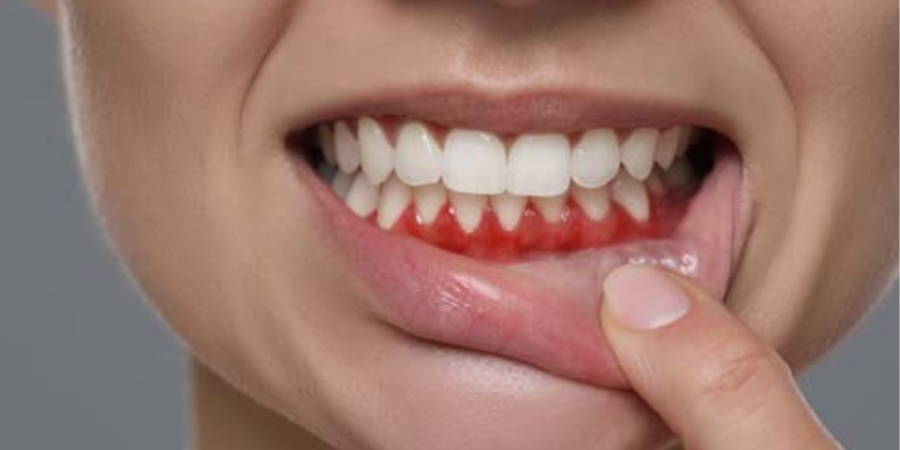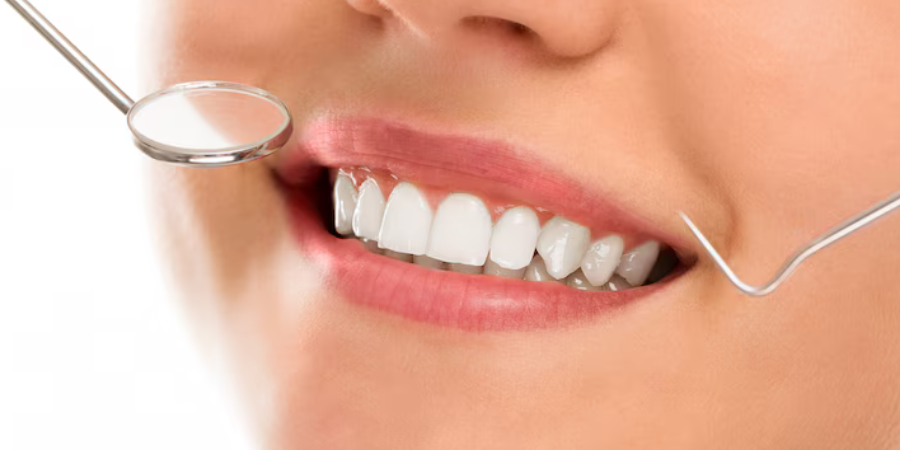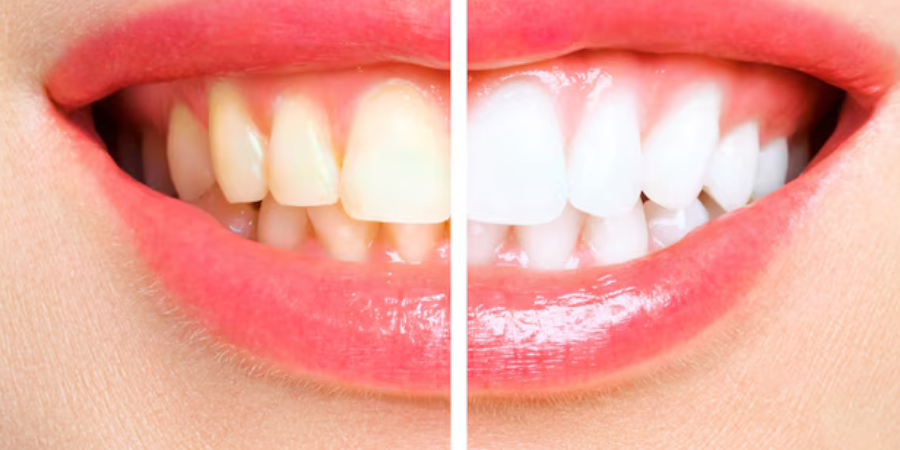Periodontal disease, commonly known as gum disease, is one of the most prevalent dental issues affecting adults worldwide. Yet, despite its frequency, many people are unaware of how severe this condition can be if left untreated. Periodontal disease doesn’t just affect your gums; it can have a detrimental impact on your overall oral health, potentially leading to tooth loss and other serious health issues.
In this blog, we’ll dive deep into what periodontal disease is, its causes, stages, and, most importantly, the effective treatment options that can help manage or even reverse its effects.
What Is Periodontal Disease?
Periodontal disease is an inflammatory condition that affects the tissues surrounding and supporting your teeth. It begins with an infection in the gums (gingivitis) and, if untreated, can progress to damage the bone that supports the teeth (periodontitis).
The primary cause of periodontal disease is the buildup of plaque—a sticky film of bacteria—on your teeth. When plaque isn’t removed through regular brushing and flossing, it hardens into tartar, leading to inflammation and infection of the gums.
Stages of Periodontal Disease
Understanding the stages of periodontal disease is crucial for early diagnosis and treatment. Here’s a breakdown:
- Gingivitis (Mild Stage)
Gingivitis is the earliest stage of gum disease and is often characterized by red, swollen, or bleeding gums, particularly during brushing or flossing. At this stage, the damage is still reversible with proper oral hygiene and professional cleaning.
- Early Periodontitis
When gingivitis is left untreated, it can advance to early periodontitis. In this stage, the infection begins to affect the bone supporting the teeth. Symptoms include increased gum bleeding, pockets forming between the gums and teeth, and bad breath.
- Moderate Periodontitis
As the disease progresses, it enters the moderate stage, where the bone loss becomes more significant. Teeth may start to loosen, and the gums will recede further, exposing more of the tooth root. This stage requires more aggressive treatment to prevent further damage.
- Advanced Periodontitis
In the advanced stage, periodontal disease can lead to severe bone loss, loosening of teeth, and even tooth loss. The infection may spread to other areas of the mouth, making treatment more complex and lengthy.
What Causes Periodontal Disease?
While plaque buildup is the primary cause of periodontal disease, several other factors can increase your risk of developing the condition:
- Poor Oral Hygiene: Not brushing and flossing regularly allows plaque to accumulate, increasing the risk of gum infection.
- Smoking and Tobacco Use: Smokers are more prone to periodontal disease due to the damage smoking causes to gum tissues and the body’s reduced ability to fight infection.
- Hormonal Changes: Pregnancy, menopause, and hormonal shifts can make gums more susceptible to infection.
- Chronic Illnesses: Conditions such as diabetes can make you more prone to infections, including gum disease.
- Genetics: Some individuals may be genetically predisposed to developing periodontal disease.
- Medications: Certain medications can affect your oral health by reducing saliva production or causing gum overgrowth, making it easier for bacteria to grow.
Symptoms of Periodontal Disease
Identifying the early symptoms of periodontal disease can help in preventing its progression. Common signs include:
- Swollen or puffy gums
- Bleeding gums when brushing or flossing
- Persistent bad breath (halitosis)
- Receding gums
- Loose teeth
- Pus between the teeth and gums
- Painful chewing
If you notice any of these symptoms, it’s essential to seek dental care immediately.
Effective Treatment Options for Periodontal Disease
The good news is that periodontal disease is treatable, especially when caught early. Treatment options vary based on the stage of the disease and the severity of the damage. Let’s explore the most effective treatments available.
- Improved Oral Hygiene Practices
For those in the early stages of periodontal disease, improving your oral care routine can make a significant difference. This includes brushing twice a day, flossing daily, and using an antibacterial mouthwash to reduce plaque and bacteria.
- Professional Dental Cleanings
If plaque has hardened into tartar, professional cleanings by your dentist or dental hygienist are necessary. Scaling and root planing are deep-cleaning procedures that remove plaque and tartar from above and below the gumline. These cleanings can help halt the progression of gum disease.
- Scaling and Root Planing (Deep Cleaning)
For individuals with early to moderate periodontitis, scaling and root planing are often recommended. This non-surgical procedure involves the removal of plaque and tartar from both the teeth and the roots, promoting healing of the gums. Root planing smooths the tooth root surfaces, preventing bacteria from easily reattaching to the area.
- Antibiotic Therapy
In cases where bacteria are particularly aggressive, your dentist may prescribe antibiotics. These can be in the form of oral antibiotics, antibacterial mouthwashes, or even gels that are applied directly into gum pockets after deep cleaning.
- Gum Surgery
For advanced cases of periodontal disease, surgical intervention may be required. Common surgical treatments include:
- Flap Surgery (Pocket Reduction Surgery): During this procedure, the gums are lifted back to allow for deeper cleaning of the teeth and roots. The gums are then repositioned tightly against the teeth to reduce the size of the pockets, making it harder for bacteria to thrive.
- Bone Grafting: When periodontitis has caused severe bone loss, bone grafting can help regenerate lost bone tissue. This procedure uses grafting material to promote new bone growth and restore stability to the teeth.
- Soft Tissue Grafting: If gum recession is severe, soft tissue grafting can be performed to cover the exposed roots and prevent further gum loss.
- Laser Therapy
Laser treatment is a minimally invasive option for treating periodontal disease. Lasers can be used to remove infected tissue and bacteria from the gums while promoting healing and reducing gum pocket depth. Laser therapy is generally less painful than traditional gum surgery and offers faster recovery times.
- Periodontal Maintenance
Once your periodontal disease is under control, ongoing maintenance is crucial. This includes regular dental visits for cleanings, exams, and monitoring to ensure the disease doesn’t return. Periodontal maintenance visits are typically more frequent than standard cleanings, often every three to four months.
How to Prevent Periodontal Disease
Preventing periodontal disease is possible with good oral care habits and routine dental visits. Here are some tips for keeping your gums healthy:
- Brush Twice Daily: Use fluoride toothpaste and a soft-bristled brush to clean your teeth and gums.
- Floss Daily: Flossing removes plaque from between the teeth and below the gumline, areas that your toothbrush can’t reach.
- Use Mouthwash: Antibacterial mouthwash can reduce plaque and help prevent gum disease.
- Visit Your Dentist Regularly: Regular check-ups and cleanings allow your dentist to catch any early signs of periodontal disease and treat it before it progresses.
- Quit Smoking: Smoking increases the risk of gum disease and slows the healing process. Quitting can improve your oral health significantly.
- Eat a Balanced Diet: A diet rich in vitamins and minerals supports healthy gums and teeth. Avoid excessive sugar, which can contribute to plaque formation.
Conclusion
Periodontal disease treatment is a serious condition that requires prompt attention and effective treatment. While it can lead to tooth loss and other complications if untreated, early intervention can prevent severe damage. With a combination of professional dental care, improved oral hygiene, and lifestyle changes, you can manage periodontal disease and maintain a healthy smile for years to come.



